The Sacramento Bee is reporting on a tragic Northern California car accident. On Thursday May 10, 2012, a collision claimed the life of a driver in a north Lake Tahoe community. California Highway Patrol investigators report that Thomas Heron, a sixty-seven year old resident of Carnelian Bay, was driving a Toyota Tacoma on Highway 28 in the vicinity of Ridgewood Drive. Heron was travelling eastbound when his vehicle drifted across the solid double yellow traffic lines and into oncoming, westward traffic. The Tacoma struck a Toyota Tundra, piloted by an unidentified fifty-four year old driver. The collision between the pick-ups occurred at 11:43 A.M. and resulted in Heron’s death. Reports indicate the driver of the Tundra was also injured in the crash.
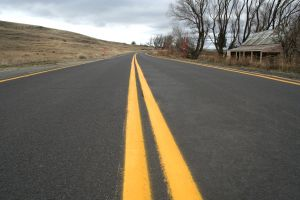 Police have not yet released a statement concerning the cause of this collision and we do not wish to speculate about the factors that contributed to this specific crash. As your Sacramento car accident law firm, The Brod Law Firm team is constantly reminded that a wide range of factors can contribute to a traffic crash. We hope that reading our blog helps remind community members of some of these factors and thus helps prevent future Sacramento automobile crashes.
Police have not yet released a statement concerning the cause of this collision and we do not wish to speculate about the factors that contributed to this specific crash. As your Sacramento car accident law firm, The Brod Law Firm team is constantly reminded that a wide range of factors can contribute to a traffic crash. We hope that reading our blog helps remind community members of some of these factors and thus helps prevent future Sacramento automobile crashes.
One factor that is often overlooked is driver fatigue. In 2005, the AAA Foundation for Traffic studied the problem of driver fatigue. Referencing statistics compiled by the National Highway Traffic Safety Administration (“NHTSA”), the article suggested that a conservative estimate would by that 100,000 people are involved in police-reported collisions that directly stemmed from driver fatigue. These crashes included an estimated 1,500 fatalities, 71,000 injuries, and $12.5 billion in financial losses. Many experts feel these numbers underestimate the impact of drowsy driving, noting the difficulty of determining when fatigue is the root cause of a collision.
 San Francisco Injury Lawyer Blog
San Francisco Injury Lawyer Blog



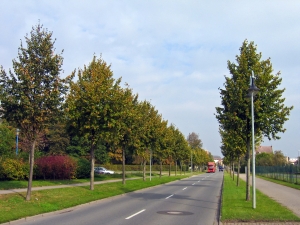 Individuals pursuing a personal injury claim often sue cities and other public entities for causes of action such as “Dangerous Condition of Public Property”. The City of Los Altos has decided to turn that concept back on one of its residents, Mark Choo.
Individuals pursuing a personal injury claim often sue cities and other public entities for causes of action such as “Dangerous Condition of Public Property”. The City of Los Altos has decided to turn that concept back on one of its residents, Mark Choo.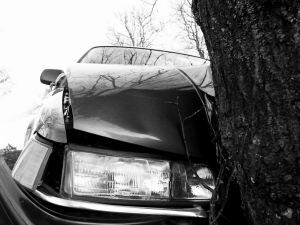 The Oakland Tribune reported on a serious car accident that occurred on Wednesday night near Napa. A fifteen year old girl was driving on Buhman Avenue in the area south of Congress Valley Road. The teenager was speeding when she lost control of her vehicle at a curve and crashed into a tree head-on. Although the car, a 1992 Honda Civic, was only intended to seat five, there were a total of seven teenage occupants in the vehicle at the time of the crash. All of the car’s passengers were taken to Queen of the Valley Medical Center with three (males aged nineteen, fifteen, and fourteen) suffering major injuries. The driver of the car reportedly fled the scene of the accident. Alcohol is not believed to have been a factor in the collision.
The Oakland Tribune reported on a serious car accident that occurred on Wednesday night near Napa. A fifteen year old girl was driving on Buhman Avenue in the area south of Congress Valley Road. The teenager was speeding when she lost control of her vehicle at a curve and crashed into a tree head-on. Although the car, a 1992 Honda Civic, was only intended to seat five, there were a total of seven teenage occupants in the vehicle at the time of the crash. All of the car’s passengers were taken to Queen of the Valley Medical Center with three (males aged nineteen, fifteen, and fourteen) suffering major injuries. The driver of the car reportedly fled the scene of the accident. Alcohol is not believed to have been a factor in the collision. 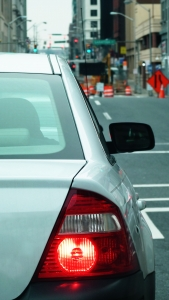 This week, The Sacramento Bee carried a report detailing the results of a National Highway Traffic Safety Administration. The study focused on accidents resulting from a driver mistakenly pressing on the gas when they intended to hit the brake pedal. Study directors examined a North Carolina database of crashes including four hundred gas pedal accidents and also looked at news reports detailing nine hundred crashes stemming from pedal mistakes. Interestingly, the study found that nearly two-thirds of driver involved in accidents stemming from a pedal mistake were female. This is particularly notable since men account for a greater percentage of all crashes, with male drivers accounting for sixty percent of drivers involved in all collisions.
This week, The Sacramento Bee carried a report detailing the results of a National Highway Traffic Safety Administration. The study focused on accidents resulting from a driver mistakenly pressing on the gas when they intended to hit the brake pedal. Study directors examined a North Carolina database of crashes including four hundred gas pedal accidents and also looked at news reports detailing nine hundred crashes stemming from pedal mistakes. Interestingly, the study found that nearly two-thirds of driver involved in accidents stemming from a pedal mistake were female. This is particularly notable since men account for a greater percentage of all crashes, with male drivers accounting for sixty percent of drivers involved in all collisions. 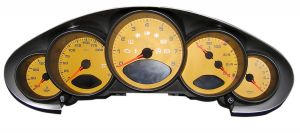 Lately, there has been a lot of buzz around GM’s bounce back from the brink of death and the future of its Chevy Volt. This year the focus has shifted somewhat to the fruits borne by research and development departments of companies like Volvo and Google. Both recently showed off innovations that take some off the pressure of drivers, hopefully increasing safety on the roads.
Lately, there has been a lot of buzz around GM’s bounce back from the brink of death and the future of its Chevy Volt. This year the focus has shifted somewhat to the fruits borne by research and development departments of companies like Volvo and Google. Both recently showed off innovations that take some off the pressure of drivers, hopefully increasing safety on the roads.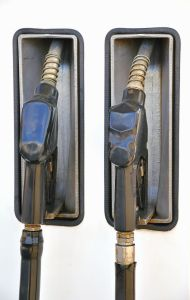 California has long been known for our driving-oriented culture. As a result, the increase in prices at the pump hits out region particularly hard. The San Francisco Chronicle reported on Sunday that the average price per gallon of gasoline nationwide has risen eleven cents in the past two weeks. Nationwide, the average price per gallon of regular grade fuel is $3.93. In California, the statewide average did fall a penny but remains significantly higher than the national average at $4.31 per gallon. Prices in Fresno are the lowest in the state while the Los Angeles area has California’s highest average price.
California has long been known for our driving-oriented culture. As a result, the increase in prices at the pump hits out region particularly hard. The San Francisco Chronicle reported on Sunday that the average price per gallon of gasoline nationwide has risen eleven cents in the past two weeks. Nationwide, the average price per gallon of regular grade fuel is $3.93. In California, the statewide average did fall a penny but remains significantly higher than the national average at $4.31 per gallon. Prices in Fresno are the lowest in the state while the Los Angeles area has California’s highest average price.